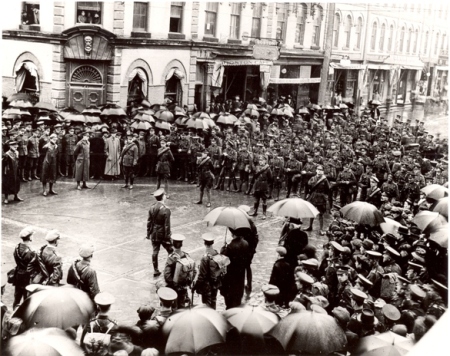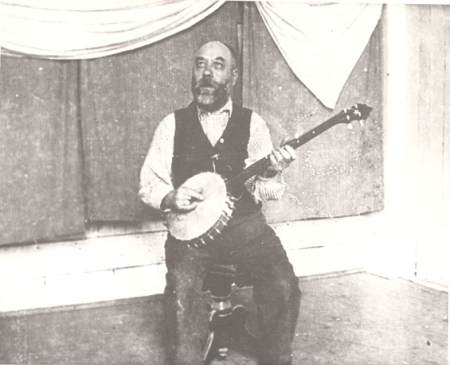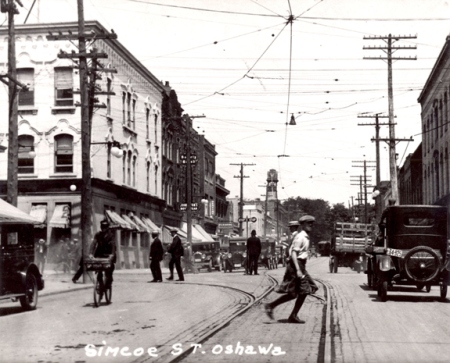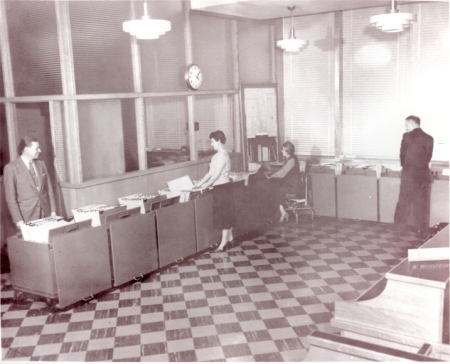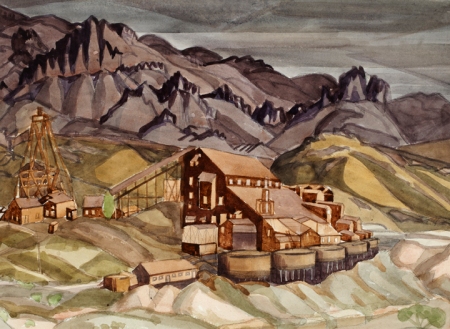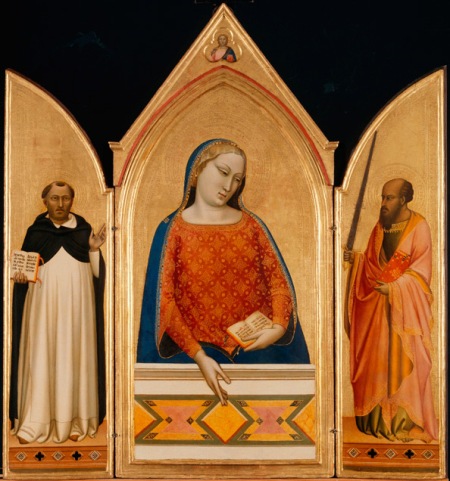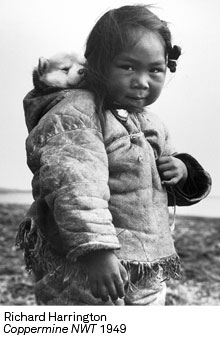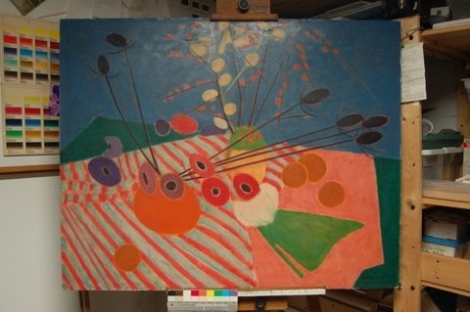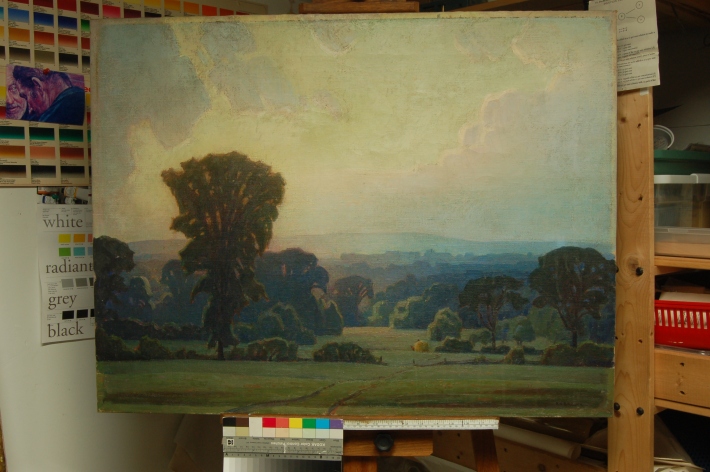This post comes from the desk of Linda Jansma, Senior Curator at the RMG.
One of my colleagues at the gallery, forwarded the following quote to me:
people who favour these shows [blockbusters] are like people who prefer to see cut flowers arranged in rooms rather than go out into the garden and see what is growing there.
Why then are people still so attracted to only seeing cut flowers?
I visited two blockbuster exhibitions this past summer: Picasso: Masterpieces from the Musée National Picasso, Paris at the Art Gallery of Ontario and Van Gogh: Up Close at the National Gallery of Canada, and, just a few weeks ago, Frida and Diego: Passion, Politics, and Painting at the AGO. I had heard negative things about the Picasso exhibition, and, having gone to the Musée National Picasso in Paris many years ago, I understood those comments. What was “left” in Picasso’s estate was a lot of experimental work and some work, let’s be honest, that he couldn’t sell.
But the gallery was packed, of course; the name, being the primary draw. One of the best things about working in an art gallery is that, when I arrive early, I’m almost alone in the building—I can hear Ralph’s vacuum running somewhere… I get to experience the works of art alone, taking as much or as little time as I want. So, the crowds in blockbusters can make me grumpy.
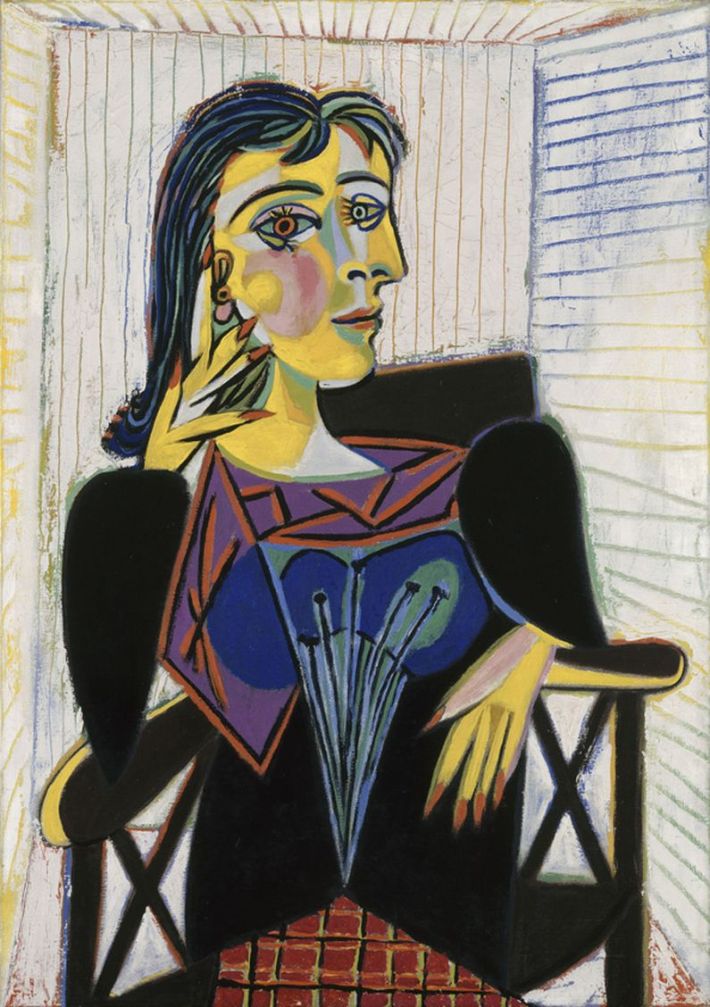
Pablo Picasso, Portrait of Dora Maar, 1937
I prepare myself for the swarm of people and look for the positive takeaway. In the case of Picasso, there were some superb mixed-media wall sculptures: cubism in 3D that I hadn’t really been expecting. There were also some really beautiful personal drawings.
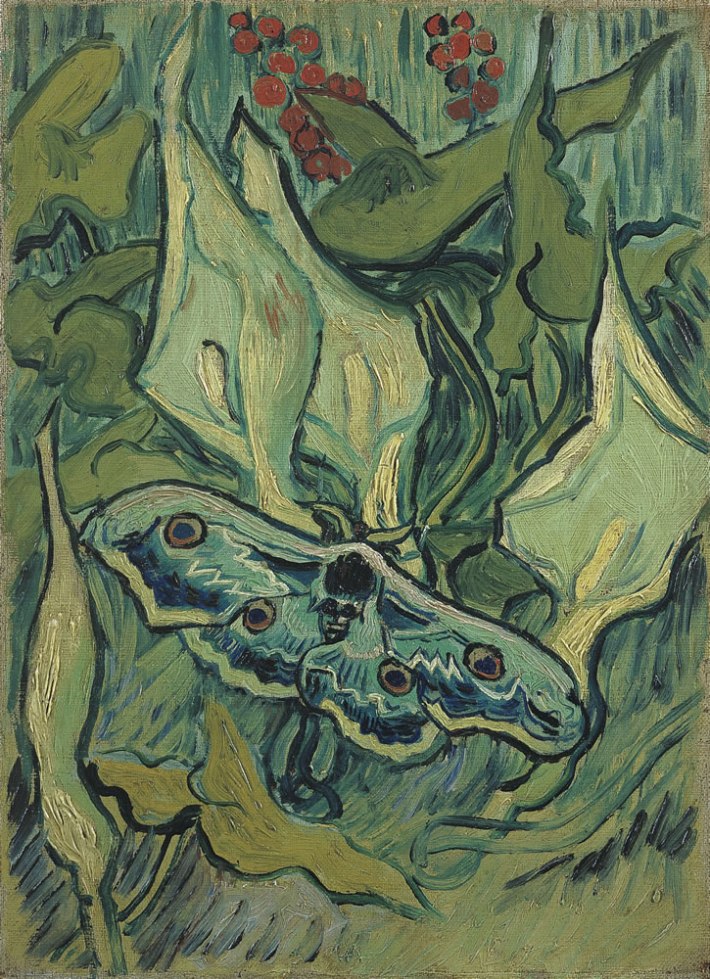
Vincent van Gogh, Giant Peacock Moth, 1889
Van Gogh, if possible, was even more crowded. There are advantages to being 5’11”, and seeing work over the top of people’s heads is one of them. I think I would have missed half of the exhibition if I were shorter. But the work was simply beautiful. Not the Doctor Gachet and vase fulls of sunflowers, or self-portraits with bandaged ears that people think of when they think of Van Gogh—but stunning landscapes and close cropped studies of nature. I love looking at how exhibitions like these are installed: butter yellow walls in one room and a light blue/grey wall in another; immaculate labeling—what more could one ask for? (Other than fewer people, of course!)

Frida Kahlo, Self Portrait with Monkeys, 1947
The Frida and Diego exhibition was a Saturday excursion—with a week and a half left before the close of the exhibition, I didn’t have much choice. In this case, our 19 year old son joined us and watching him experience the work of these two Mexican artists and talking to him about his thoughts, brought an added dimension to this blockbuster. Kahlo’s work is beautifully detailed and trying to spend any amount of time in front of one work is challenging, to say the least, however, even a minute in front of these masterpieces is certainly worth it.
Leaving Van Gogh, we wandered into the exhibition Arnaud Maggs: Identification. A handful of people looking at the work of one of the country’s important senior artists (who passed away before Christmas): the recent recipient of the prestigious Scotiabank Photography Award and Governor General Award winner. Better numbers than the AGO, where we were the only ones in the beautifully curated, albeit smaller, exhibition of internationally renowned artist Michael Snow’s sculpture entitled: Objects of Vision. We were also almost completely on our own in the AGO’s Evan Penny: Re Figured exhibition that we spent time in after Frida and Diego (this third important senior Canadian artist was also new to our son, so spending quality time with the work was a bonus).
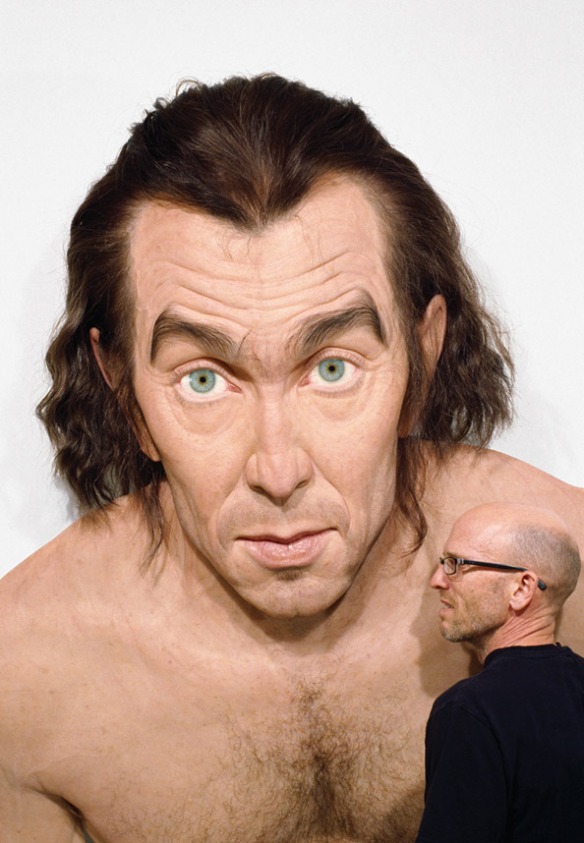
Artist Evan Penny and Arial #2, 2006. (c) Evan Penny 2012
Will those who prefer cut flowers ever wander into the garden to look at the flowers in depth and take in the work of Maggs, Snow, and Penny? Isn’t that what presenting exhibitions like Van Gogh, Picasso, and Frida and Diego is supposed to foster—gallery goers who want to go beyond the blockbuster? The AGO and NGC did an admirable job of linking up three senior Canadian artists against four famous international ones. Now to get the crowds smelling the flowers from the garden, as well as the vase.

